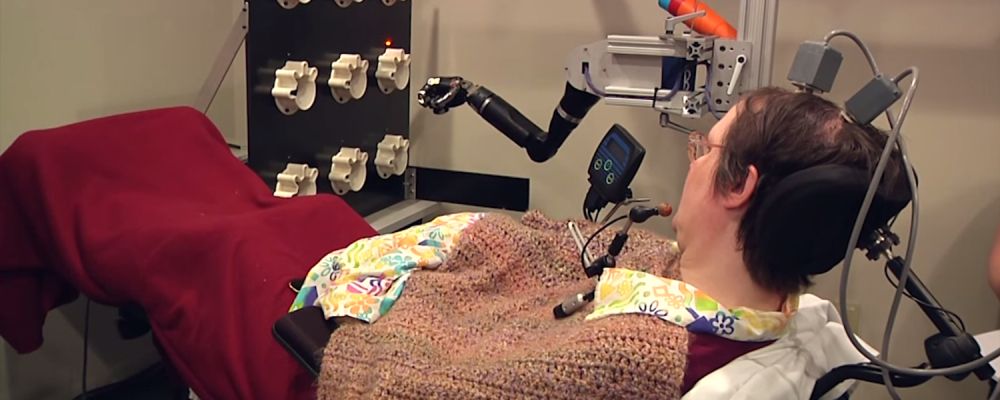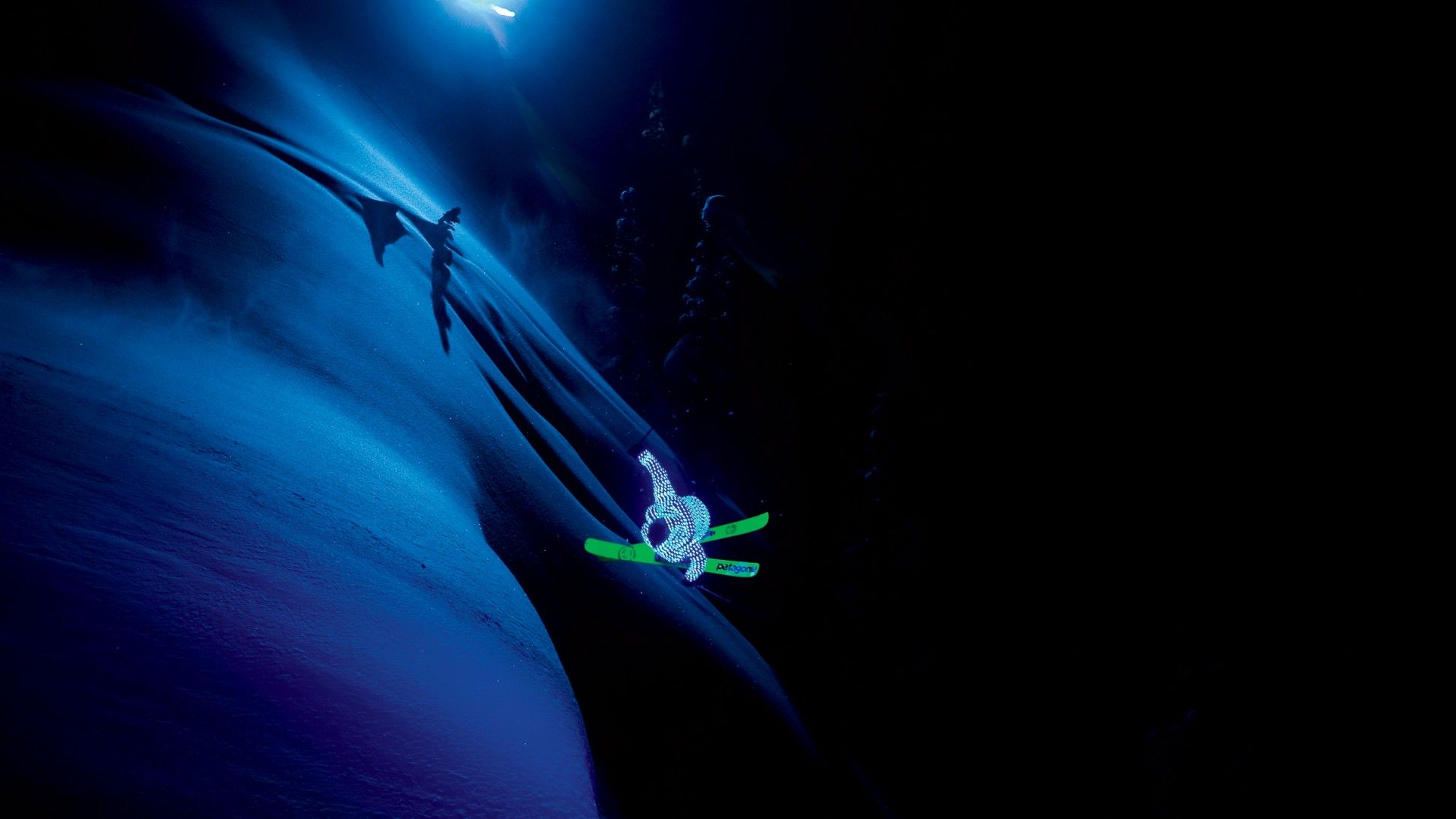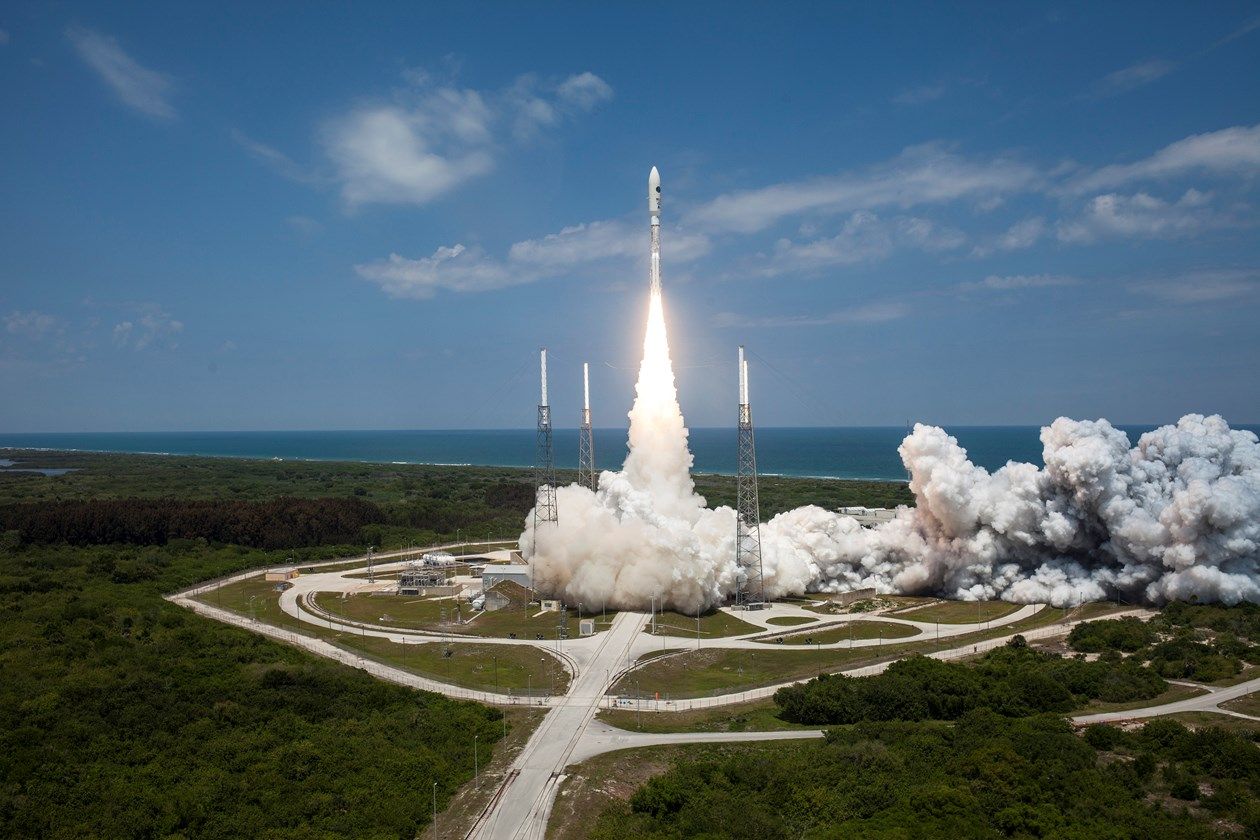Jan 17, 2015
Can DNA Nanobots Successfully Treat Cancer Patients? First Human Trial Soon
Posted by Seb in categories: biotech/medical, nanotechnology
By Jason Dorrier –SingularityHUB

“No, no it’s not science fiction; it’s already happening,” said Ido Bachelet to a somewhat incredulous audience member at a London event late last year. Bachelet, previously of Harvard’s Wyss Institute and faculty member at Israel’s Bar-Ilan University, is a leading figure in the field of DNA nanotechnology.
In a brief talk, Bachelet said DNA nanobots will soon be tried in a critically ill leukemia patient. The patient, who has been given roughly six months to live, will receive an injection of DNA nanobots designed to interact with and destroy leukemia cells—while causing virtually zero collateral damage in healthy tissue.
Continue reading “Can DNA Nanobots Successfully Treat Cancer Patients? First Human Trial Soon” »


 By
By 

 By Singularity University
By Singularity University










